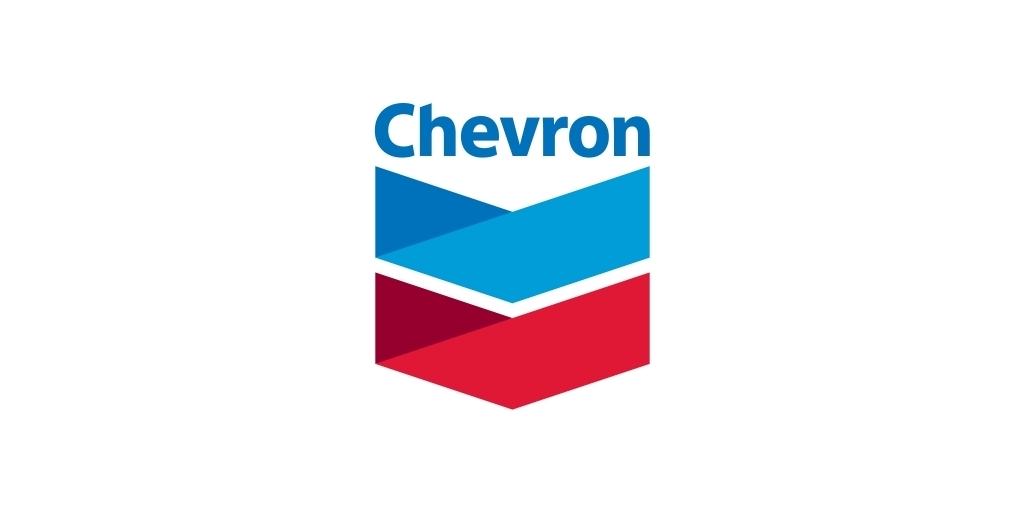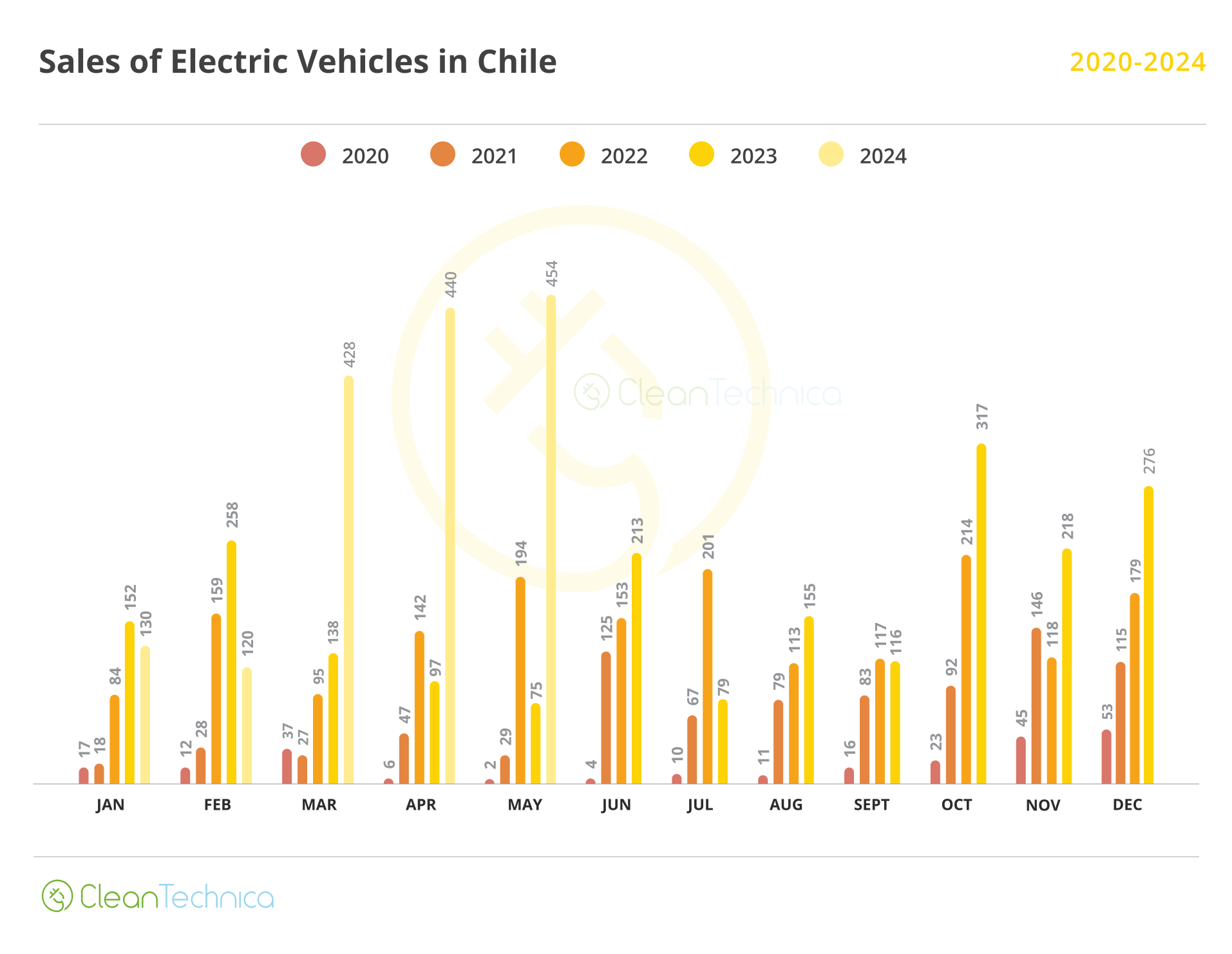
We just took another trip up to Saratoga, New York, via I-88 this past weekend. We stopped at the EVolve NY charger station (4 chargers) in Oneonta, NY, which is about ⅔ of the way to the destination. Technically, with the new Kia EV6 and its normal 305-mile range (about 260 miles on interstate), we could have driven straight through, because our Hilton hotel with Level II charging was 231 miles away. The EV6 can handle a dump of about 240 kW from Electrify America (EA) stations, so 20 minutes tops does it for charging. Plus, a snack, drink, stretch, and bathroom break are usually welcome. I mean, it is supposed to be a relaxing drive. BTW, Electrify America is behind the Evolve NY stations.
On the way up, the 350 kW was not available, so we plugged into a 150 kW charger. I always stand and watch for about the first 5 or so minutes. I just cannot help it with the EA QOS (Quality Of Service) level. It was holding in the 140+ kW range, so I walked into the convenience store. We did our “stuff” in there — about 15 minutes or so — and then came out. As I was approaching the charger, I saw it had hit the 80% level. As I got closer, then I saw it. The kW numbers started going from 150’ish to 44’ish and everywhere in between at a change rate of 3 per second. It looked like it was having a spasm! Up and down, random numbers. I thought, “What the hell?” This does not look good. My first thought was it was just some display screen visual anomaly in the kW numbers. SO, I looked at the display in the car and it was matching them. I then thought, “crap,” this is not good if it is really hitting the battery at that rapid change rate. It should be fairly smooth and stable so that the BMS can make sure the battery is getting a uniform rate. So, I hit the stop button to end the charging.
On the way back, we stopped there again. This time the 350 kW station was open. I plugged in and definitely watched. The 350 kW, after about a minute or so, started doing the exact same thing, and it never went over 160 kW within that first minute, which is unusual being at 50% SOC beginning. I watched it and was about to end it, then all of a sudden it stabilized at 160’ish kW. I continued to watch and the rest of the charge was “normal” to 91% or so.
Further along towards home, we stopped at the Scranton EA station for a test. I was curious to see if it would happen at a totally different EA location. Alhough one charger of the 4 was down, we got on a 350 kW and it went to 240 kW for a minute or two, then dropped back to 160 or so kW. No spastic attacks at all. To this date, I have never seen this behavior at any DC fast charge station. If anyone else has seen this “freakout” on station kW numbers before, please reply in the comments section. I would like to know your exact experience. From an engineering perspective, I cannot imagine this is good for the car’s battery.
It is fair to say that the EA sagas continue, no matter how many road trips the new CEO takes.
Update 8/7/2023: Interestingly enough, a 3rd EV station location, Bloomsburg (pictured at the top), also for a short period of time did the “SPAZ’ie” thing, bouncing all over the place. It appears that EA has done a software update that has some issues. At best, it is just some kind of visual nonsense going on with the kW display. At worst, it is actually sending this highly inconsistent energy to the batteries. Above is a screenshot at 81%. The charge started at about 76% SOC. My level II in my garage puts out more than 5 kW!
By William H Fitch III, We Are Solar Owner
WeAreSolar.com is a multi-decade company in solar and renewable energy consulting and distribution, as well as some direct installations. He is a current ASES member and has various other renewable energy affiliations. He has been “into” solar and renewable energy since the 1970s in the solar thermal area — everything from solar cookers to super-insulated houses to hot air and liquid thermal systems, flat plates, and evacuated tubes. William’s own residence generates around 20 megawatt-hours a year of PV electricity, and it also includes geothermal and solar thermal systems. He and his wife drive all-electric cars and use all-electric yard tools. No gasoline.
Professionally, William spent approximately 40 years in I.T. — from software coding to systems design to full network hardware installations in multiple commercial environments and major corporations.
I don’t like paywalls. You don’t like paywalls. Who likes paywalls? Here at CleanTechnica, we implemented a limited paywall for a while, but it always felt wrong — and it was always tough to decide what we should put behind there. In theory, your most exclusive and best content goes behind a paywall. But then fewer people read it! We just don’t like paywalls, and so we’ve decided to ditch ours. Unfortunately, the media business is still a tough, cut-throat business with tiny margins. It’s a never-ending Olympic challenge to stay above water or even perhaps — gasp — grow. So …




